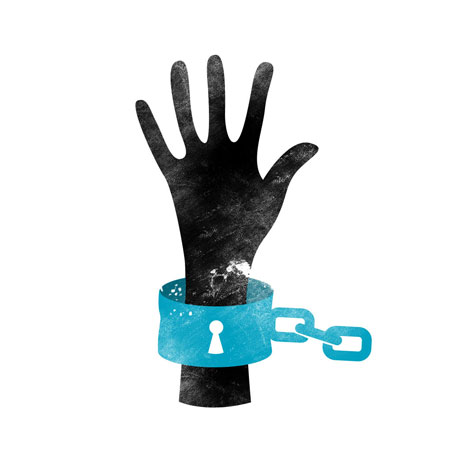Child Labor Facts
Facts & Figure weblinks
| ||||
Child labor inTextile import export
| ||||
|  | |||
The best practice for GAP, Wal*Mart, Ikea or other textile importers would be to establish own production units with dyeing, stitching machines, finishing and packing in rural village. Over 70% of tailors and garment workers migrate to urban cities to work for sub-contractors of garment or home furnishing exporters. Majority of them are either illiterate or semi-literate so don’t know what child labor (Child labor and society) issue is? For them the issue is survival in expensive urban cities raising money for future life in their own village. Most important factor is that job is unstable so can not settle down at one place; move from one unit to another to get better wage as they are on wage per piece produced and wage decided by demand and supply. Under such circumstances, giving education in schools to children is not easy. For them education to their children is learning survival skill that children learn through child labor (Child labour and society). For them child not only learns practical skill rather also earns for home. They find their children future more secured than the unemployed graduate in developing world. So they seek help of their children to contribute towards home.
Nearly 80% of garment and home furnishing exporters get production done through sub-contractors (fabricators). For exporters having own unit in urban cities is presently not viable due to lack of sufficient finance, incompetent production capacity, labor issues and expensive affair. Most exporters of urban cities outsource their production from small unorganized stitching and embroidery, button-hole (kaj) units located in either unauthorized or poor residential areas of the cities. For illiterate or semi-literate sub-contractors such places are convenient and cheaper to operate. Such areas are beneficial to avoid government attention, escape labor laws and other benefits too to cut cost of production.
A packed garment or home furnishing piece in the rack of a store of an importing country goes from many hands and stages from raw cotton, polyester or other fiber to finished and packing stage. If Garment export units are located in rural villages (http://www.sadashivan.com/crisisofunemploymentinhandloomandcottagesectors/) from where the workers migrate, would be of more help to them towards earning and avoiding children from child labor. Rather would help generating jobs in more areas of manufacturing accessories like; button, laces, threads, machine accessories, hand embroidery and etc;. Child labor elimination depends on improving living standard of the parents. Avoiding contractors or subcontractors is minimizing extra cost would fetch more benefits to direct buyers and the garment workers. Finally, a unit with all manufacturing facility in rural village from weaving to packed shipment would fetch minimum 25% cost reduction.
| ||||
 Get the facts about child labor and how it affects impoverished children and their families.
Get the facts about child labor and how it affects impoverished children and their families.- One in six children 5 to 14 years old — about 16 percent of all children in this age group — is involved in child labor in developing countries.
- In the least developed countries, 30 percent of all children are engaged in child labor.
- Worldwide, 126 million children work in hazardous conditions, often enduring beatings, humiliation and sexual violence by their employers.
- An estimated 1.2 million children — both boys and girls — are trafficked each year into exploitative work in agriculture, mining, factories, armed conflict or commercial sex work.
- The highest proportion of child laborers is in sub-Saharan Africa, where 26 percent of children (49 million) are involved in work.

No comments:
Post a Comment